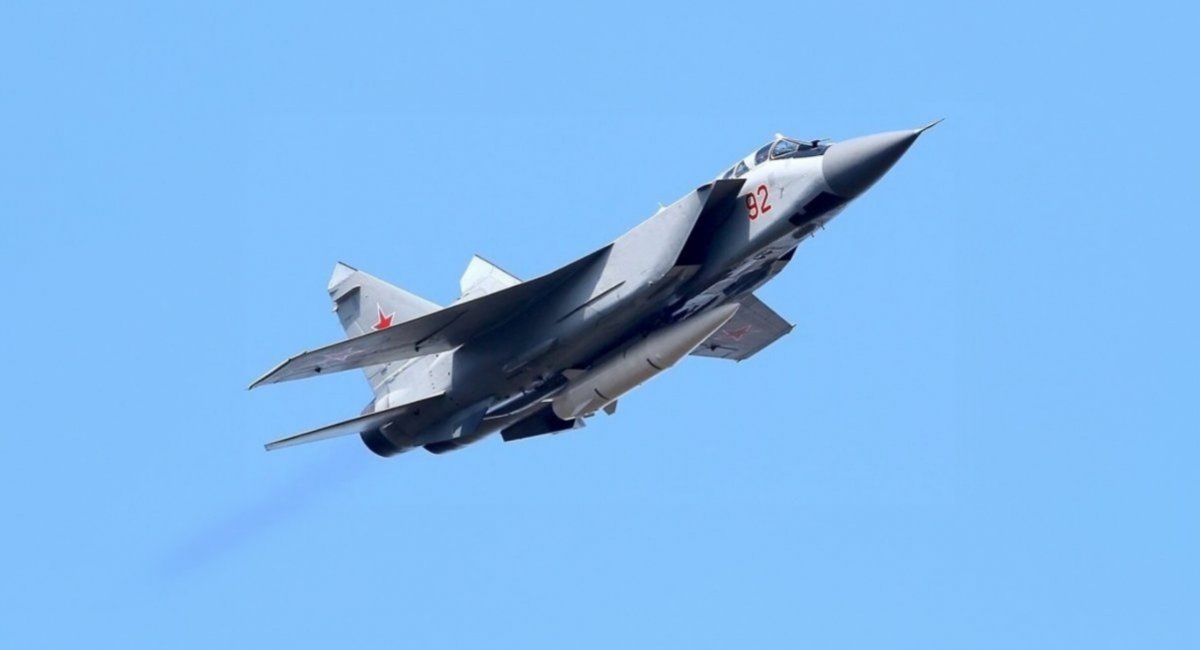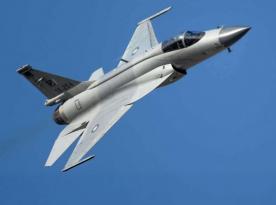Monday morning on October 7th, the russian invasion forces attempted a massive aerial long-range attack on Ukraine. The attack involved three Kh-47 Kinzhal air-launched ballistic missiles, which russian state propaganda hails as a hypersonic weapon. The missiles were launched by MiG-31K aircraft that took off from the Savasleyka air base and released over the Tambov Region of russia, reads the report from the Ukrainian Air Force.
Two Kinzhals were intercepted and successfully neutralized in the skies over Kyiv, their remnants fell on the capital city, as notified by local authorities. The other one managed to reach and strike "the area near the Starokostiantyniv airfield," Khmelnytskyi Region of Ukraine. Defense Express notes, the circumstances imply that all three were aimed at the same location, specifically the Ukrainian air base, and the fact some of them were shot down has important implications.
Read more: Why russian S-400 Systems Fail to Intercept Ukrainian Attack on Key Oil Depot in Temporarily Occupied Crimea
Provided that russians directed Kh-47 Kinzhals to pass through Kyiv, we can visualize the simplified theoretical trajectories of the missiles' flight. If they travel more or less in a straight line, all the possible routes pass through Kyiv or its outskirts. This means Kinzhals approached the air and missile defense systems stationed there. The presence of anti-missile capabilities in the capital city was earlier disclosed by Ukrainian military officials.

Ballistic missiles targeting Kyiv have been intercepted many times by now but what makes this case different is that Kh-47 Kinzhals were shot down as they were passing by, i.e. during the midcourse phase of flight. The difference between the missile's behavior and parameters during the final phase and midcourse is crucial: during the terminal dive, the Kinzhal is already falling on its target at high angle, the speed is no longer hypersonic but it is not a problem at this point because it will reach the target anyway.
It is the middle phase of the flight, the midcourse, when a hypersonic weapon needs to maintain its Mach 5+ speed the most, precisely to make it impossible to intercept. Moreover, the russians declared their Kinzhal is capable of maneuvering for the entirety of its way toward the target which is necessary to avoid potential areas of missile defense deployment.
In practice, however, the Kinzhal's speed during this stage of flight wasn't insurmountable for a tentative Patriot or SAMP/T anti-missile system. On top of that, despite the declared maneuverability, the russians still laid the route through Kyiv where the presence of countermeasures wasn't even a secret. Other factors indicate that this isn't the first time Kh-47 Kinzhal missiles are being intercepted passing by Kyiv but definitely the first one where details are officially made public.
Nonetheless, the russians persist with their tactic, although they do find limited success, as one of the missiles managed to break through today.

There's a potential explanation as to why they keep firing their Kinzhals past Kyiv. Releasing a Kh-47 requires a very precise positioning of the MiG-31K aircraft, in the launch area, with meticulous adherence to the carrier's speed, altitude and vector. In order to ensure all parameters are in place, the aircraft needs support from an Il-976 SKIP airborne laboratory or specialized ground-based infrastructure.
The October 7th incident shows that downing a Kh-47 Kinzhal during midcourse is achievable, and this effectively undermines the main purpose of decades-long developing this weapon which in Kremlin's vision was supposed to breach NATO multi-layered missile defenses at hypersonic speeds.
Read more: Ukraine Receives the Tzeva Adom Air Raid Alert System from Israel but Why Its Not Working














